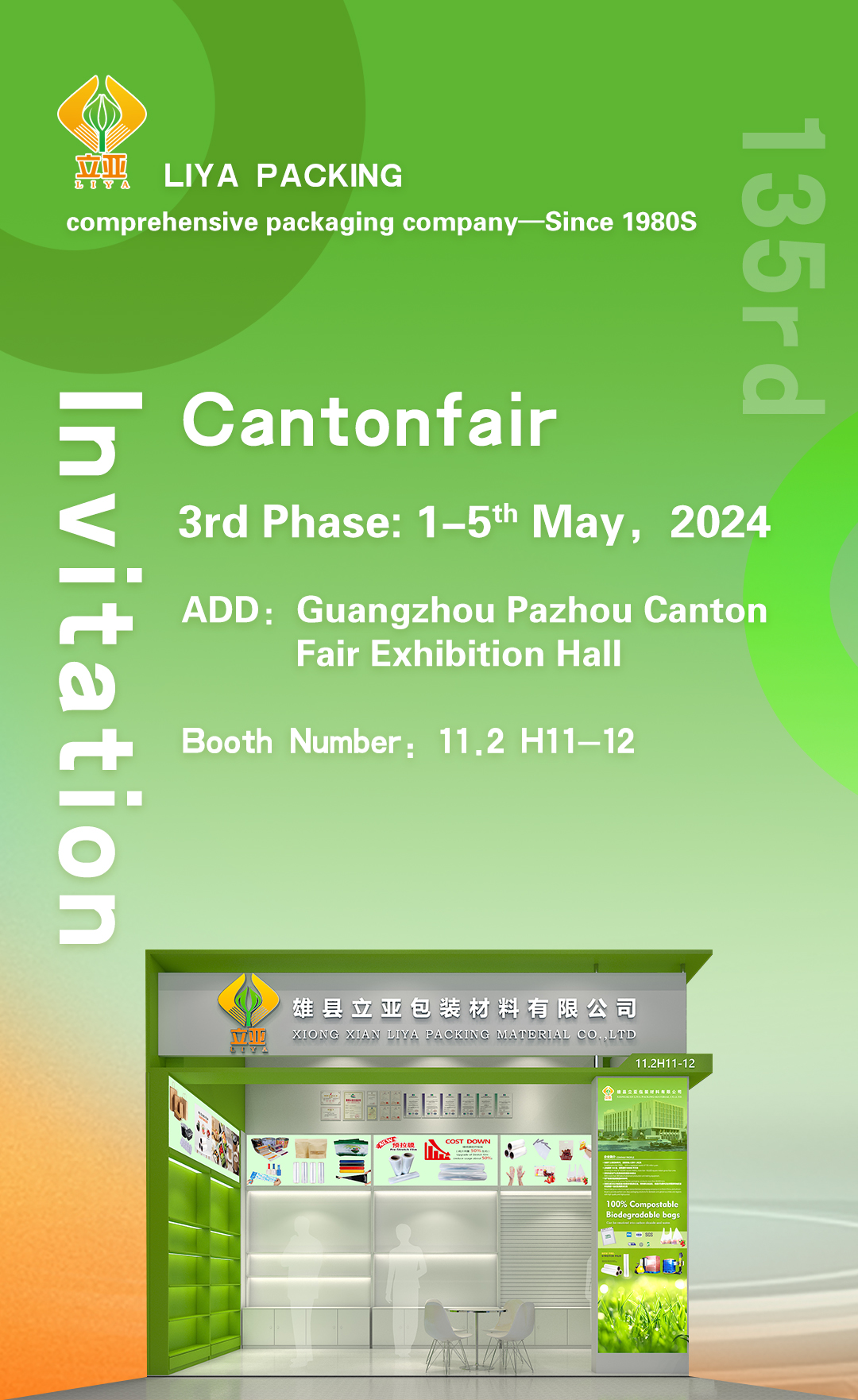Exploring the Versatility and Applications of PE and PA Materials in Film Production and Packaging
The Versatile World of PE, PA, and PE Film An Overview
In the realm of packaging materials, polyethylene (PE), polyamide (PA), and PE film have emerged as central players due to their unique properties and applications. As industries seek sustainable and versatile solutions, understanding these materials is essential for manufacturers, consumers, and environmental advocates alike.
Polyethylene (PE) A Foundation of Modern Packaging
Polyethylene is one of the most widely used polymers in the world, primarily known for its lightweight and durable characteristics. It is produced in several forms, including low-density polyethylene (LDPE) and high-density polyethylene (HDPE), each offering distinct properties that cater to various applications.
LDPE is characterized by its flexibility and low density, making it ideal for applications such as plastic bags, agricultural films, and flexible containers. On the other hand, HDPE, with its higher density, is used in products requiring more strength, such as water bottles, piping, and heavy-duty containers. The widespread use of PE can be attributed to its excellent moisture barrier properties, chemical resistance, and the ease with which it can be processed and fabricated.
Polyamide (PA) The Strength Behind the Scenes
Polyamide, often referred to as nylon, brings a different set of properties to the table. Known for its strength, durability, and resistance to wear and tear, PA is commonly used in applications that demand high tensile strength and rigidity. It finds its way into textiles, automotive components, and packaging films.
pe pa pe film

In the context of packaging, PA is frequently employed in the production of multi-layer films that combine several polymers to enhance performance. For example, when used in conjunction with PE, PA can significantly improve the barrier properties of the film, making it suitable for packaging perishable goods. The marriage of PE and PA allows manufacturers to produce films that resist moisture, oxygen, and other contaminants, thus extending the shelf life of food products and improving their safety.
The Role of PE Film in Packaging
PE film, a direct application of polyethylene, has become an indispensable part of the packaging industry. This thin, flexible plastic film is used in a multitude of ways, from wrapping and sealing products to creating bags and covers. One of the most significant advantages of PE film is its versatility; it can be produced in various thicknesses, strengths, and finishes to meet specific application needs.
The environmental impact of PE film is increasingly under scrutiny. While traditional PE films can take hundreds of years to decompose, innovations in biodegradable and recyclable options are emerging. The development of films that blend traditional polyethylene with biodegradable additives marks a promising step toward reducing plastic waste. Additionally, advancements in recycling technology are paving the way for closed-loop systems where PE film can be collected, processed, and reused.
Conclusion Towards a Sustainable Future
As industries continue to evolve, the demand for effective, versatile, and environmentally friendly materials is paramount. PE, PA, and PE film represent the intersection of functionality and sustainability in packaging solutions. The ongoing research and development of these materials aim not only to satisfy commercial needs but also to address the pressing environmental challenges of our time. By balancing performance with eco-friendliness, the future of packaging can be both robust and responsible. As consumers become more aware of their choices, the industry must adapt, making strides towards creating innovative solutions that cater to the needs of both people and the planet.
-
The Best Uses for Small Trash Bags in Daily LifeNewsJul.01,2025
-
Stylish Reusable Grocery Bags TrendsNewsJul.01,2025
-
Shipping Advantages of Using Bubble Envelopes BulkNewsJul.01,2025
-
How Compostable Mailing Bags Reduce Environmental ImpactNewsJul.01,2025
-
Environmentally - Friendly Bulk Poly MailersNewsJul.01,2025
-
Eco Friendly Custom Laminated Tote BagsNewsJul.01,2025
-
Have the freedom of customizing your custom mailers any way you want! Our dedicated packaging support will help deliver you the mailing experience you need to elevate your shipping experience to the next level! Start making a strong impression on your customers and stand out from your competitors! -
LIYA uses high quality raw materials which directly purchased from large enterprises domestic and overseas such as PetroChina, Sinopec, Sabic, Equate, ExxonMobil, Dow Chemical, Total, and Borouge, ensuring the price advantage and quality of the raw materials. -
LIYA uses high quality raw materials which directly purchased from large enterprises domestic and overseas such as PetroChina, Sinopec, Sabic, Equate, ExxonMobil, Dow Chemical, Total, and Borouge, ensuring the price advantage and quality of the raw materials.
Warning: Undefined array key "ga-feild" in /home/www/wwwroot/HTML/www.exportstart.com/wp-content/plugins/accelerated-mobile-pages/templates/features.php on line 6714





